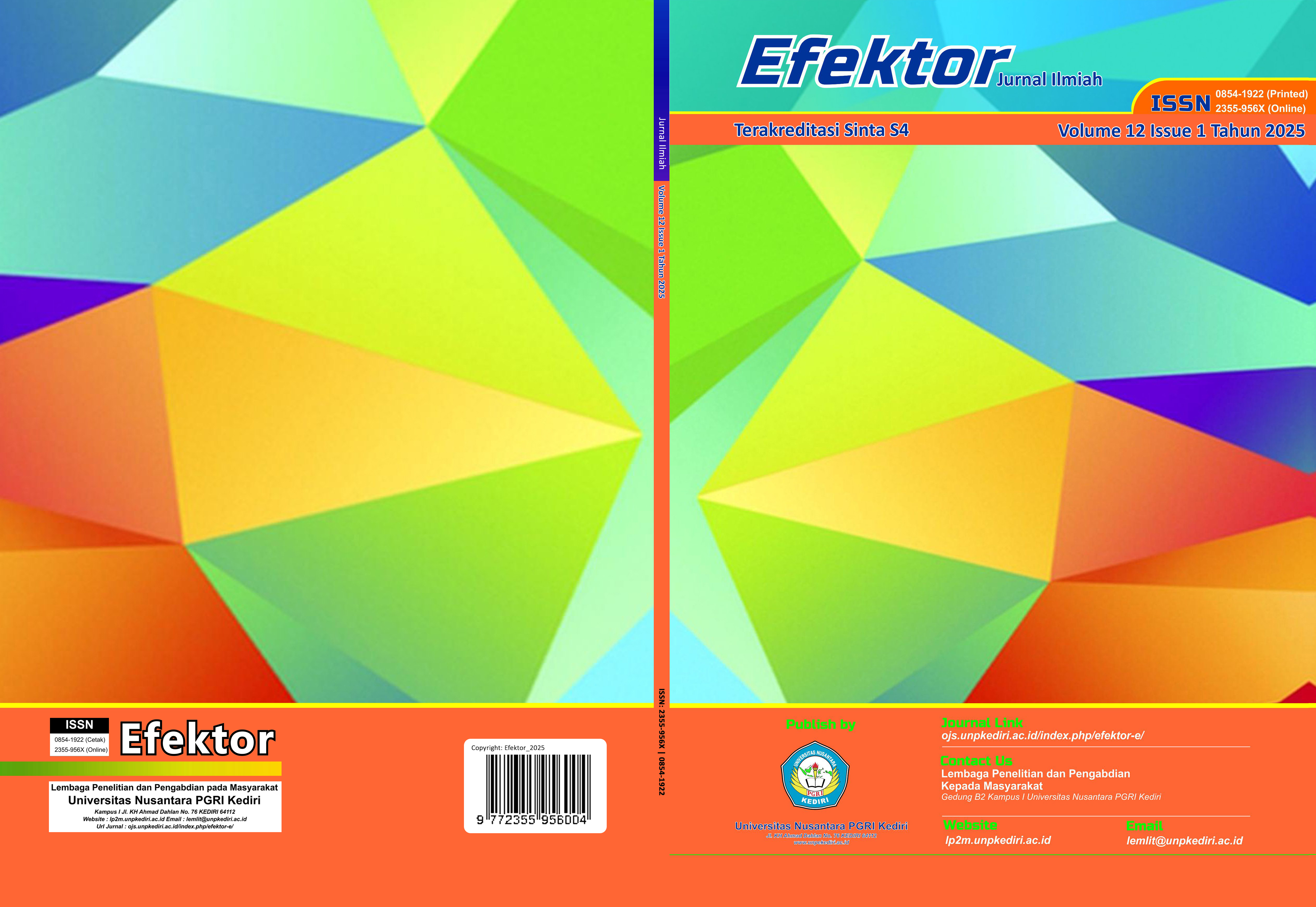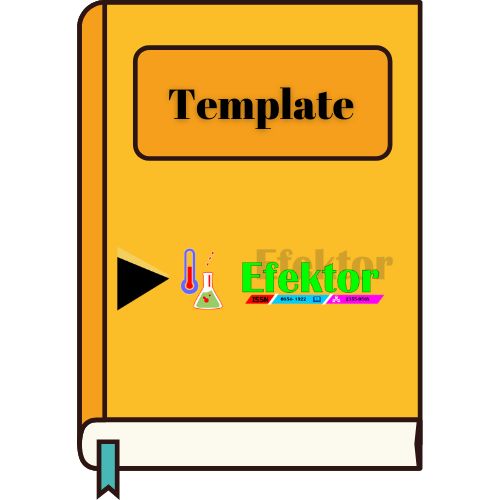Differentiated Instruction As Theory And Its Practice In The Classroom: Case Study At SDN Burengan 2
DOI:
https://doi.org/10.29407/e.v12i1.25163Keywords:
best practice, differentiated, elementary educationAbstract
Differentiated instruction is learning that allows teachers to facilitate the diversity of students' needs. Differentiated instruction in elementary schools is one of the forms of implementing the Merdeka curriculum. SDN Burengan 2 is one of the pioneering schools that has implemented the Merdeka curriculum for the first time compared to other schools in Kediri. Experience Teachers have received various training on the curriculum and especially Differentiated instruction and applied it in classroom learning This study aims to determine the theory and practice of Differentiated instruction at SDN Burengan 2 Kediri and. The research method used is qualitative research with a case study design. The results of this study indicate that there are three aspects in the implementation of Differentiated instruction including aspects of learning planning based on learning readiness, interests and student learning profiles, implementation of learning based on content differentiation, processes and products and evaluation of learning based on diagnostics, formative and summative. The implementation of learning at SDN Burengan 2 Kediri shows that there is harmony between planning, practice and evaluation of learning. And shows the practice of Differentiated instruction that is quite diverse between class levels. The conclusion of this study is that there is harmony between the theory and implementation of Differentiated instruction at SDN Burengan 2 Kediri.
References
Bondie, R. S., Dahnke, C., & Zusho, A. (2019). How Does Changing “One-Size-Fits-All” to Differentiated Instruction Affect Teaching? In Review of Research in Education (Vol. 43, Issue 1). https://doi.org/10.3102/0091732X18821130
Carol A. Tomlinson, & Tonya R. Moon. (2013). Assessment and Student Success in a Differentiated Classroom. ASCD.
Creswell, J. W. (2012). Educational research, Planning, Conducting, And Evaluating Quantitative And Qualitative Research (4th ed.). pearson.
Deunk, M. I., Smale-Jacobse, A. E., de Boer, H., Doolaard, S., & Bosker, R. J. (2018). Effective differentiation Practices:A systematic review and meta-analysis of studies on the cognitive effects of differentiation practices in primary education. Educational Research Review, 24. https://doi.org/10.1016/j.edurev.2018.02.002
Godor, B. P. (2021). The Many Faces of Teacher Differentiation: Using Q Methodology to Explore Teachers Preferences for Differentiated Instruction. Teacher Educator, 56(1). https://doi.org/10.1080/08878730.2020.1785068
Hasanah, E., Suyatno, S., Maryani, I., Badar, M. I. Al, Fitria, Y., & Patmasari, L. (2022). Conceptual Model of Differentiated-Instruction (DI) Based on Teachers’ Experiences in Indonesia. Education Sciences, 12(10). https://doi.org/10.3390/educsci12100650
Ibrahim Magableh, I. S., & Abdullah, A. (2020). Effectiveness of differentiated instruction on primary school students’ English reading comprehension achievement. International Journal of Learning, Teaching and Educational Research, 19(3). https://doi.org/10.26803/ijlter.19.3.2
Kamarulzaman, M. H., Azman, H., & Zahidi, A. M. (2018). Research trend in the practice of differentiated instruction. Journal of Social Sciences Research, 4(12). https://doi.org/10.32861/jssr.412.648.668
Landrum, T. J., & McDuffie, K. A. (2010). Learning styles in the age of differentiated instruction. Exceptionality, 18(1). https://doi.org/10.1080/09362830903462441
Magableh, I. S. I., & Abdullah, A. (2020). On the effectiveness of differentiated instruction in the enhancement of jordanian students’ overall achievement. International Journal of Instruction, 13(2). https://doi.org/10.29333/iji.2020.13237a
Miles, M. B., Huberman, A. M., & Saldana, J. (2014). Cross-case data analysis. In Qualitative data analysis: An expanded sourcebook.
Moosa, V., & Shareefa, M. (2019). The impact of teachers’ experience and qualification on efficacy, knowledge and implementation of differentiated instruction. International Journal of Instruction, 12(2). https://doi.org/10.29333/iji.2019.12237a
Nurlatifah, A., & Munandar, K. (2024). Penerapan Pembelajaran Berdiferensiasi Berdasarkan Gaya Belajar Peserta Didik. Jurnal Teknologi Pendidikan, 1(3). https://doi.org/10.47134/jtp.v1i3.87
Purba, M., Purnamasari, N., Rahma, I., Elisabet, S., & Susanti, I. (2021). Prinsip Pengembangan Pembelajaran Berdiferensiasi (Differentiated Instruction).
Sally M. Reis, & Joseph S. Renzulli. (2018). The Five Dimensions of Differentiation. International Journal for Talent Development and Creativity, 6(1).
Shareefa, M. (2021). Using differentiated instruction in multigrade classes: a case of a small school. Asia Pacific Journal of Education, 41(1). https://doi.org/10.1080/02188791.2020.1749559
Smets, W., De Neve, D., & Struyven, K. (2022). Responding to students’ learning needs: how secondary education teachers learn to implement differentiated instruction. Educational Action Research, 30(2). https://doi.org/10.1080/09650792.2020.1848604
Tanjung, P. A., & Ashadi, A. (2019). Differentiated instruction in accommodating individual differences of efl students. Celtic: A Journal of Culture, English Language Teaching, Literature, & Linguistics, 6(2). https://doi.org/10.22219/celticumm.vol6.no2.63-72
Tomlinson, C. A. (2000). Differentiation of Instruction in the Elementary Grades. ERIC Digests.
Tomlinson, C. A. (2001). How TO Differentiate instruction in mixed-ability classrooms. In Association for Supervision and Curriculum Development.
Tomlinson, C. A., Brighton, C., Hertberg, H., Callahan, C. M., Moon, T. R., Brimijoin, K., Conover, L. A., & Reynolds, T. (2003). Differentiating Instruction in Response to Student Readiness, Interest, and Learning Profile in Academically Diverse Classrooms: A Review of Literature Introduction: A Rationale for Differentiating Instruction. Journal for the Education of the Gifted, 2/3(27), 119–145.
Tomlinson, C. A., & Imbeau, M. B. (2010). A Differentiated Classroom. In Assessment and Student Sucess in a differentiated classroom.
van Geel, M., Keuning, T., Frèrejean, J., Dolmans, D., van Merriënboer, J., & Visscher, A. J. (2019). Capturing the complexity of differentiated instruction. School Effectiveness and School Improvement, 30(1), 51–67. https://doi.org/10.1080/09243453.2018.1539013
Whitley, J., Gooderham, S., Duquette, C., Orders, S., & Cousins, J. B. (2019). Implementing differentiated instruction: a mixed-methods exploration of teacher beliefs and practices. Teachers and Teaching: Theory and Practice, 25(8). https://doi.org/10.1080/13540602.2019.1699782
Yavuz, A. C. (2020). The effects of differentiated instruction on turkish students’ l2 achievement, and student and teacher perceptions. Eurasian Journal of Applied Linguistics, 6(2). https://doi.org/10.32601/ejal.776002
Downloads
Published
Versions
- 2025-05-24 (2)
- 2025-05-24 (1)
Issue
Section
License
Copyright (c) 2025 Karimatus Saidah, Dwi Muhammad Nurfianto, Nurita Primasatya, Kharisma Eka Purti

This work is licensed under a Creative Commons Attribution-ShareAlike 4.0 International License.
Authors who publish with this journal agree to the following terms:
- Copyright on any article is retained by the author(s).
- The author grants the journal, the right of first publication with the work simultaneously licensed under a Creative Commons Attribution License that allows others to share the work with an acknowledgment of the work’s authorship and initial publication in this journal.
- Authors are able to enter into separate, additional contractual arrangements for the non-exclusive distribution of the journal’s published version of the work (e.g., post it to an institutional repository or publish it in a book), with an acknowledgment of its initial publication in this journal.
- Authors are permitted and encouraged to post their work online (e.g., in institutional repositories or on their website) prior to and during the submission process, as it can lead to productive exchanges, as well as earlier and greater citation of published work.
- The article and any associated published material is distributed under the Creative Commons Attribution-ShareAlike 4.0 International License













